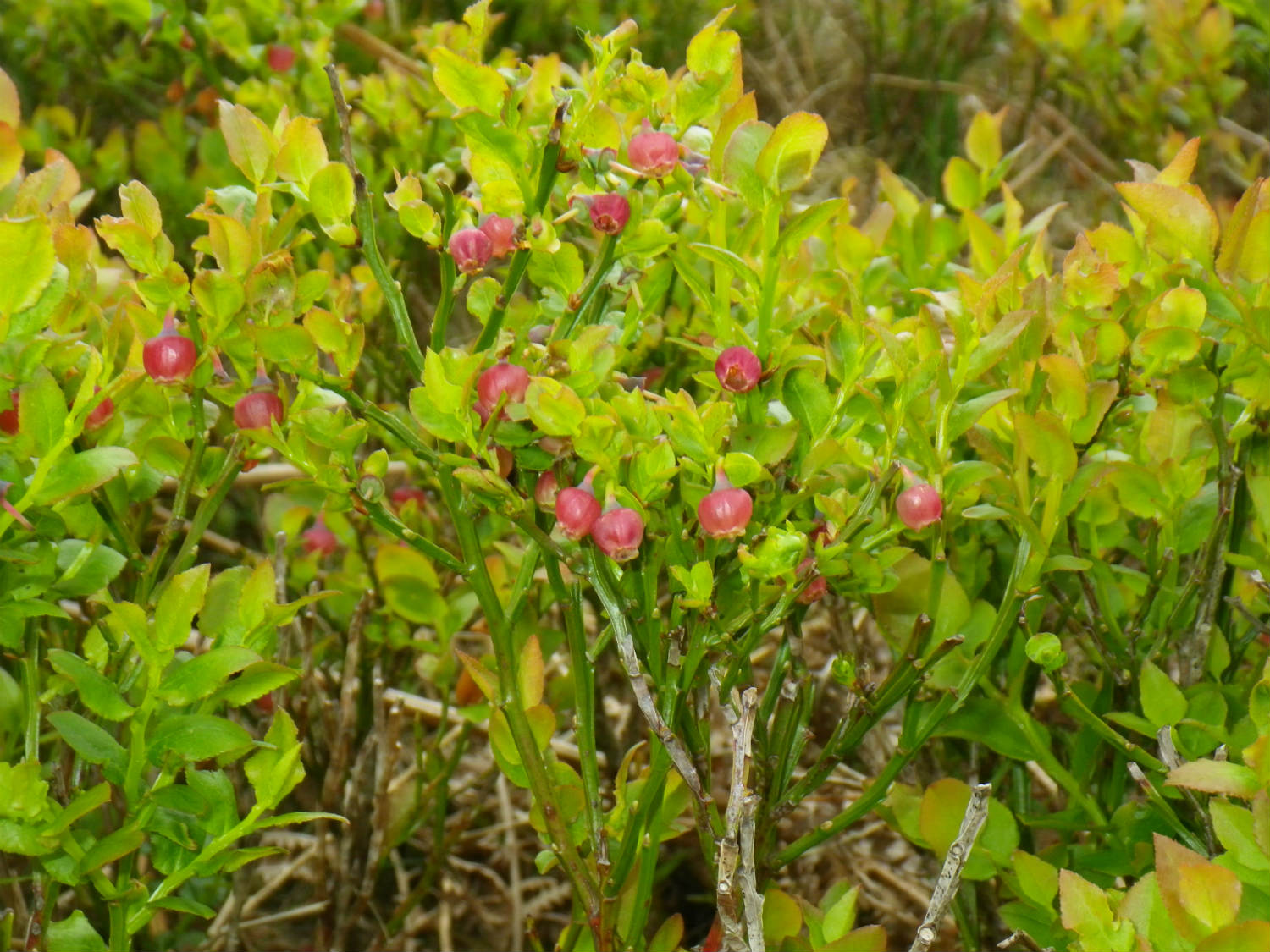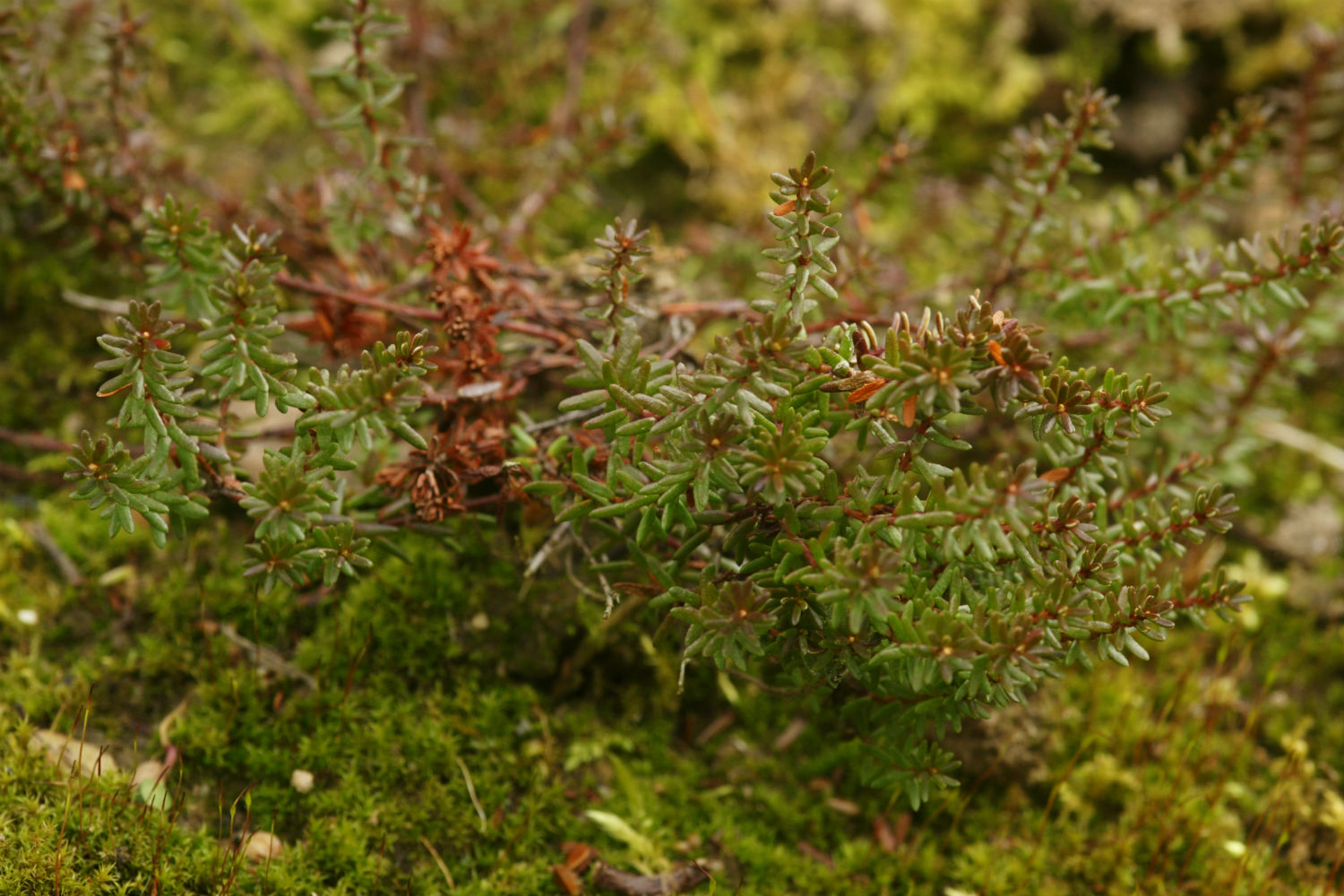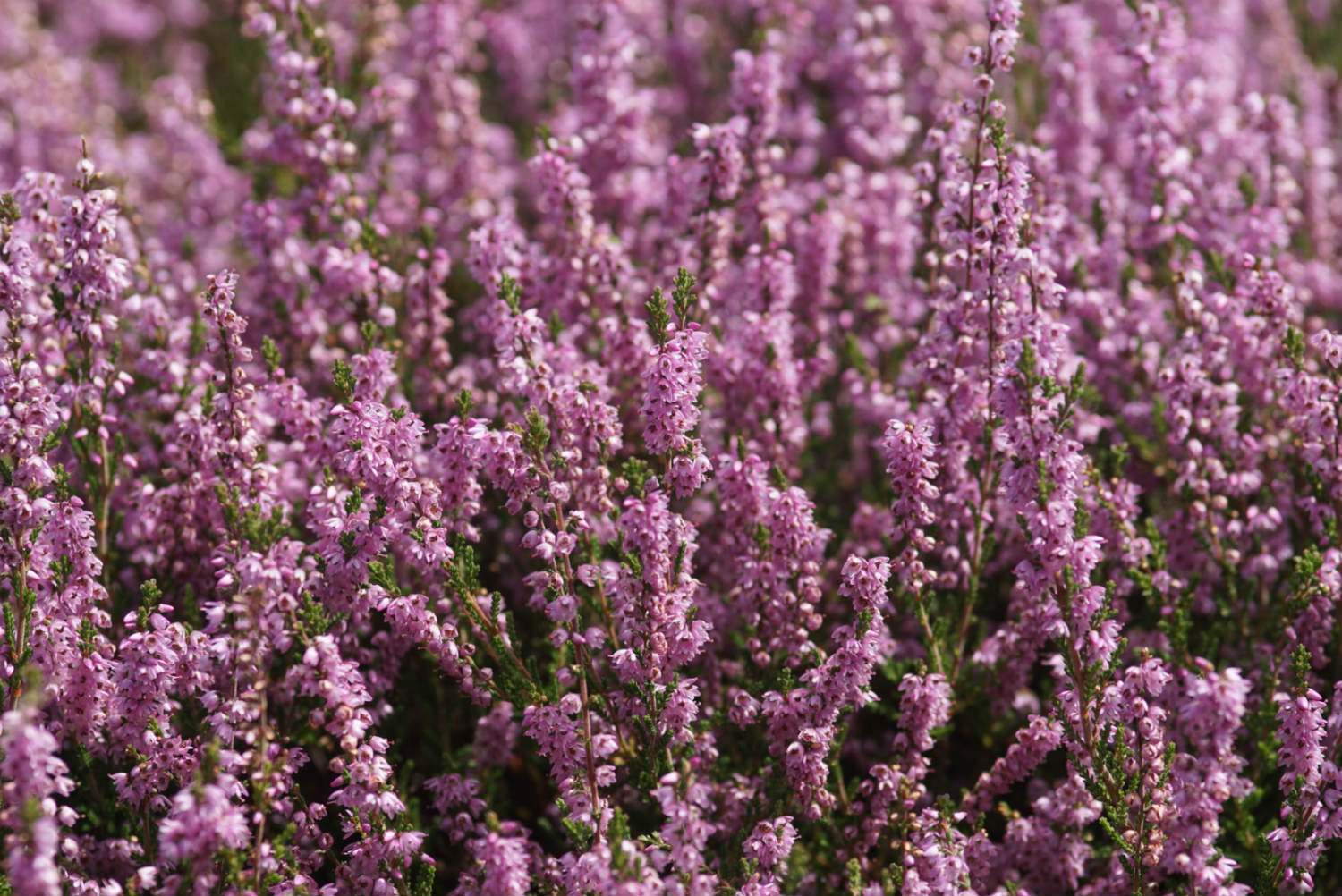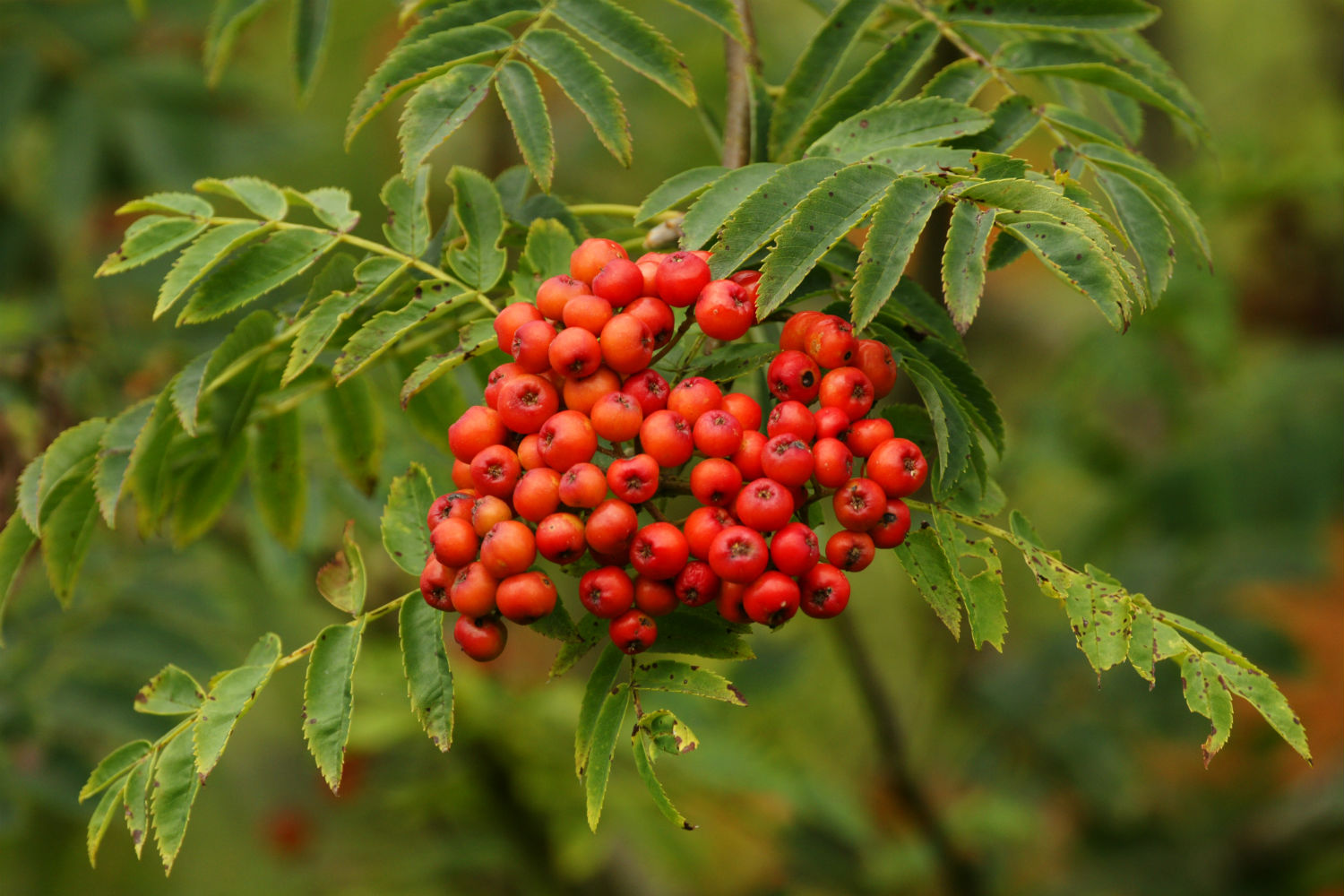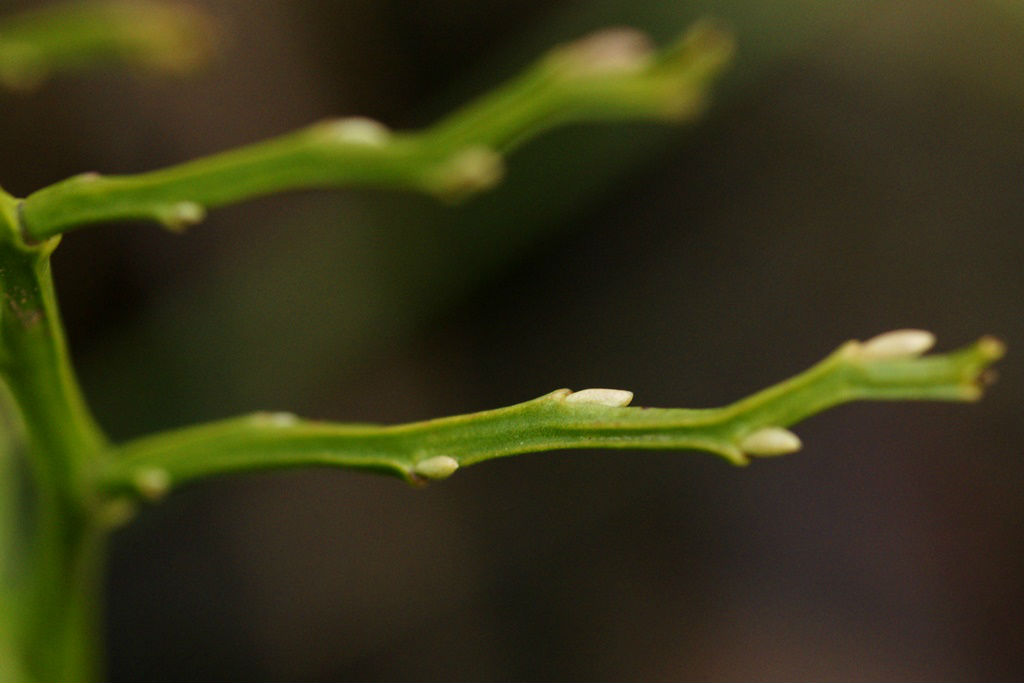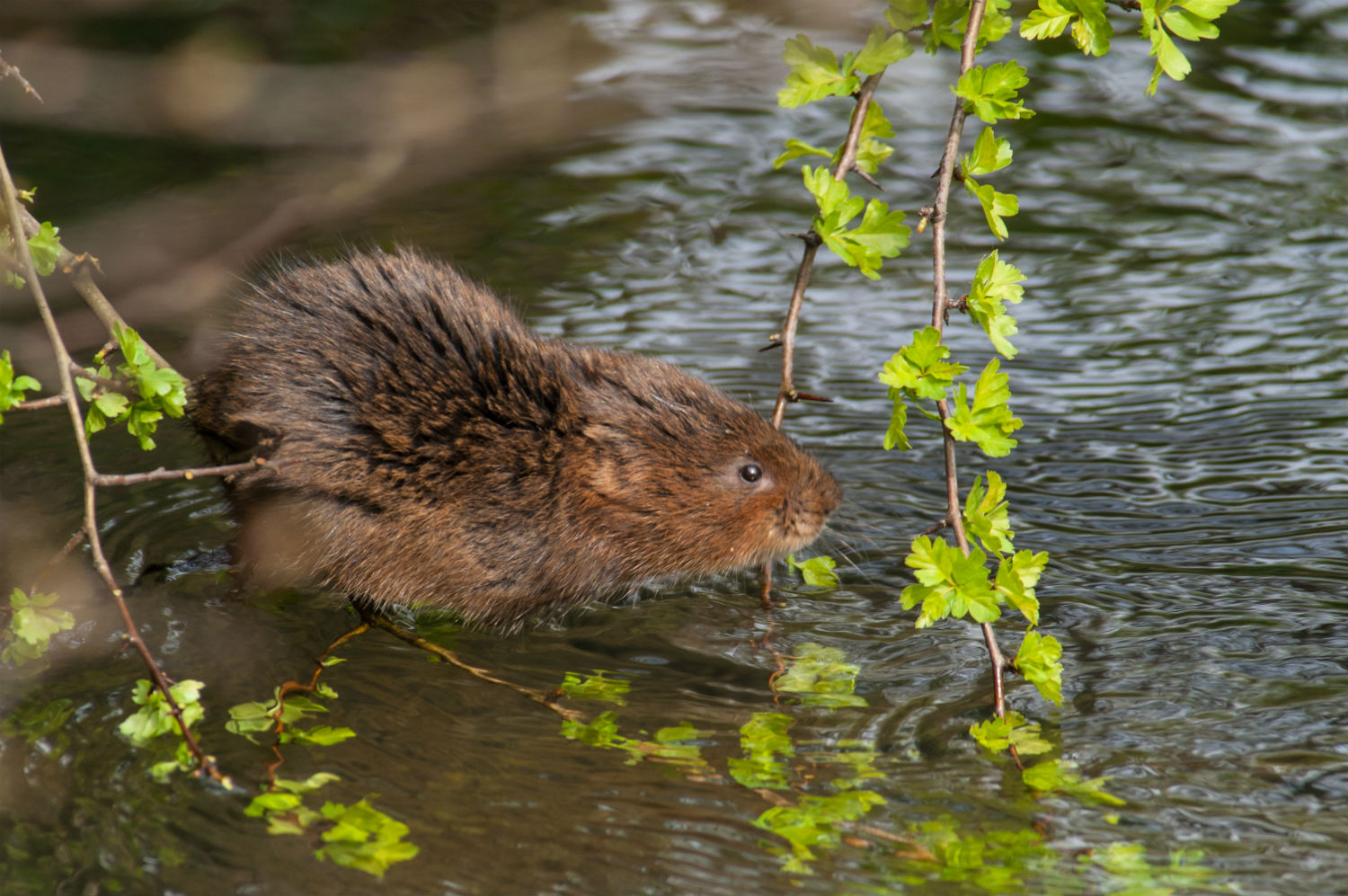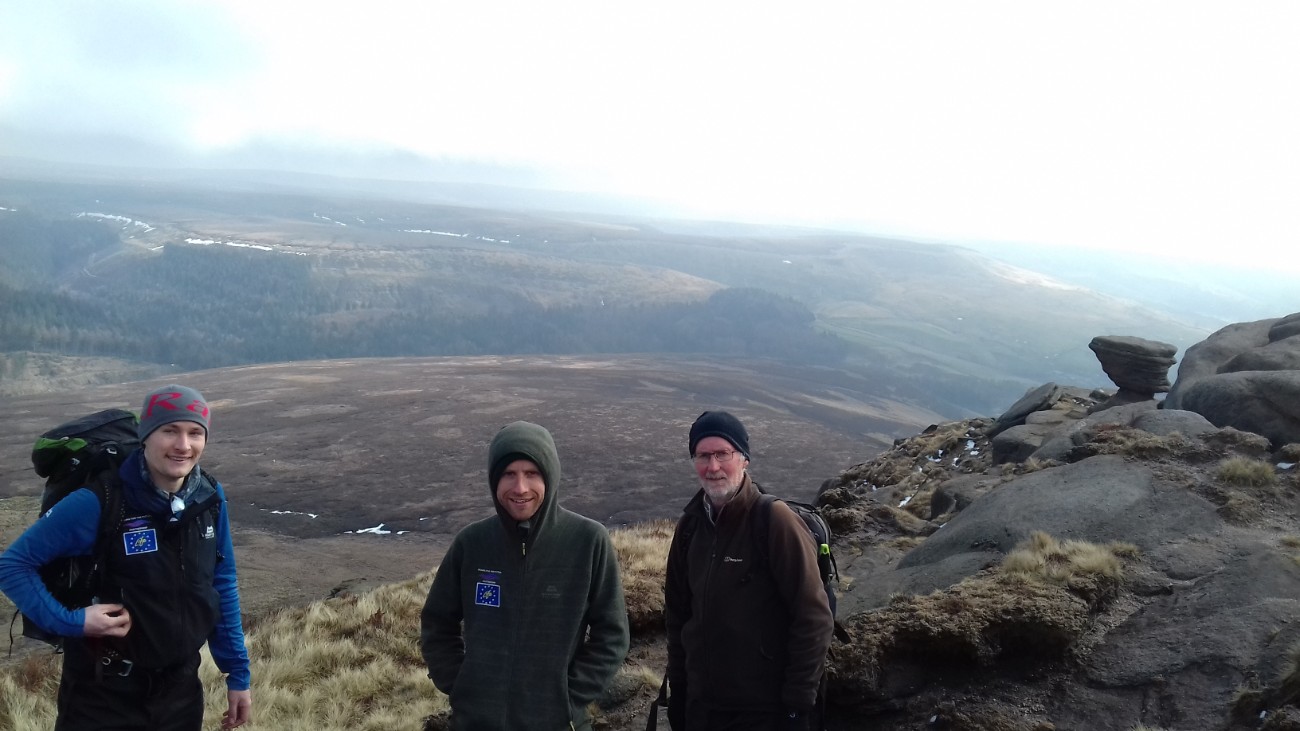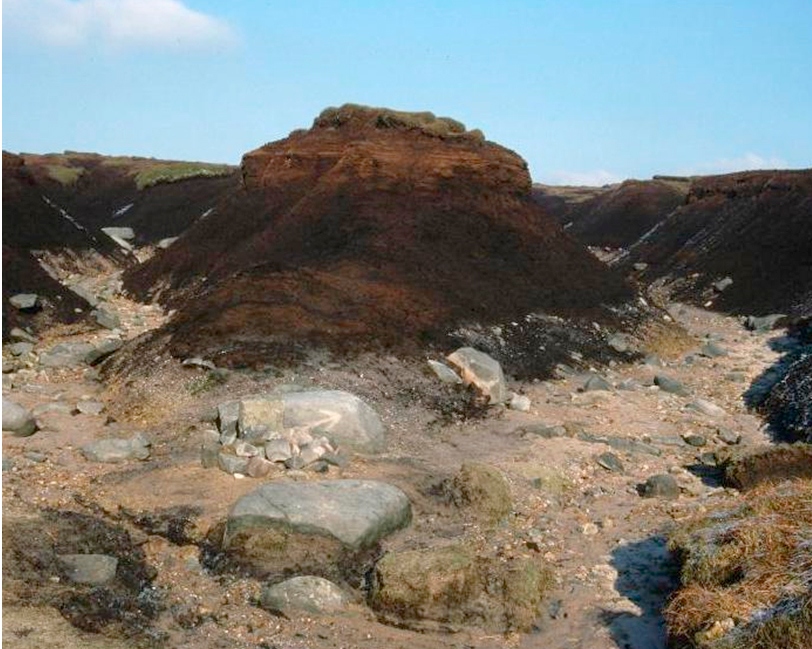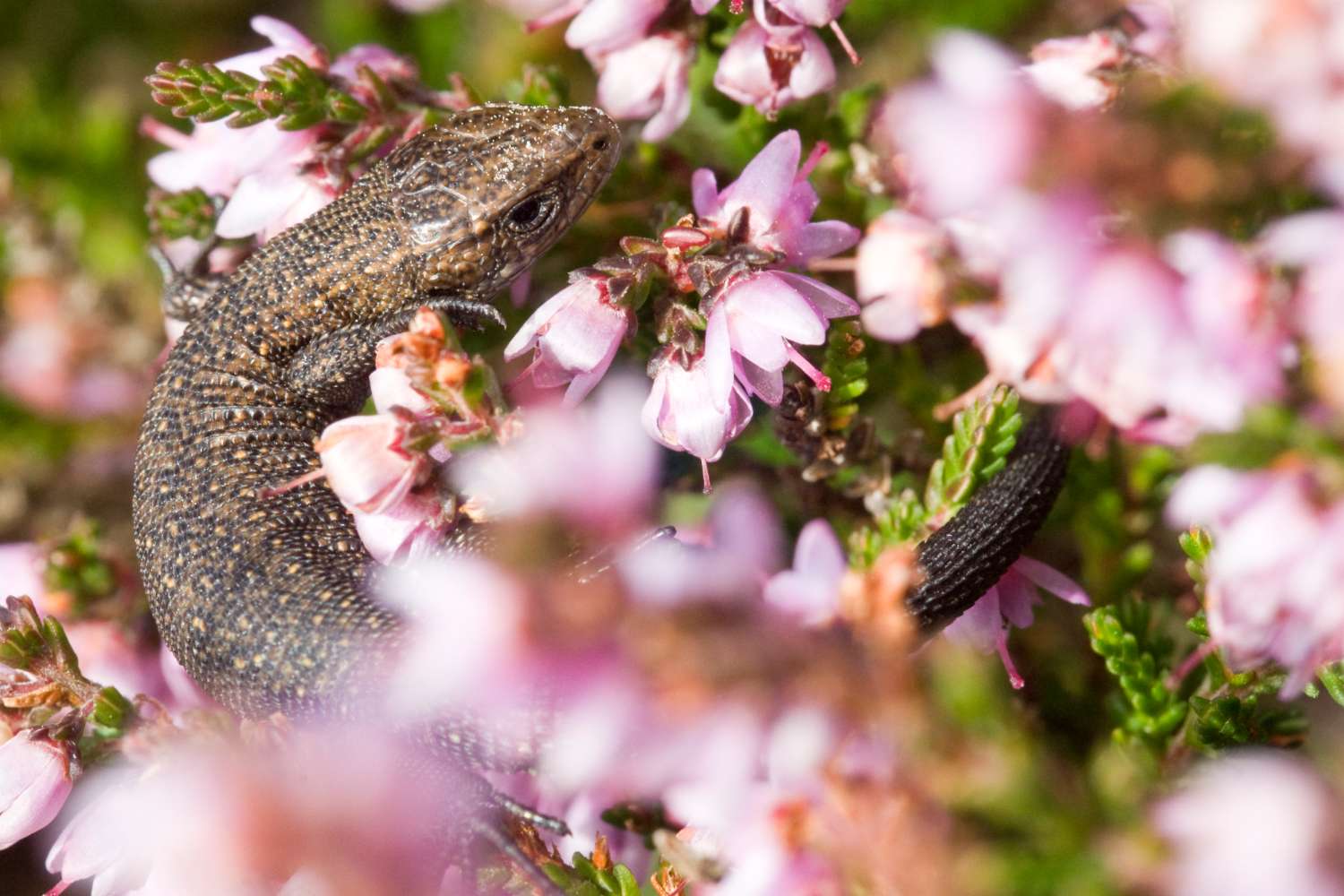The Buds, Berries and Leaves survey is designed to help monitor changing plant phenology – the timing of life history events, such as leafing in the spring or fruiting in autumn.
We are looking for volunteers to walk fixed routes throughout the year to observe seasonal changes in the plant community. We will be recording information on the condition of four key species; bilberry, crowberry, rowan and heather.
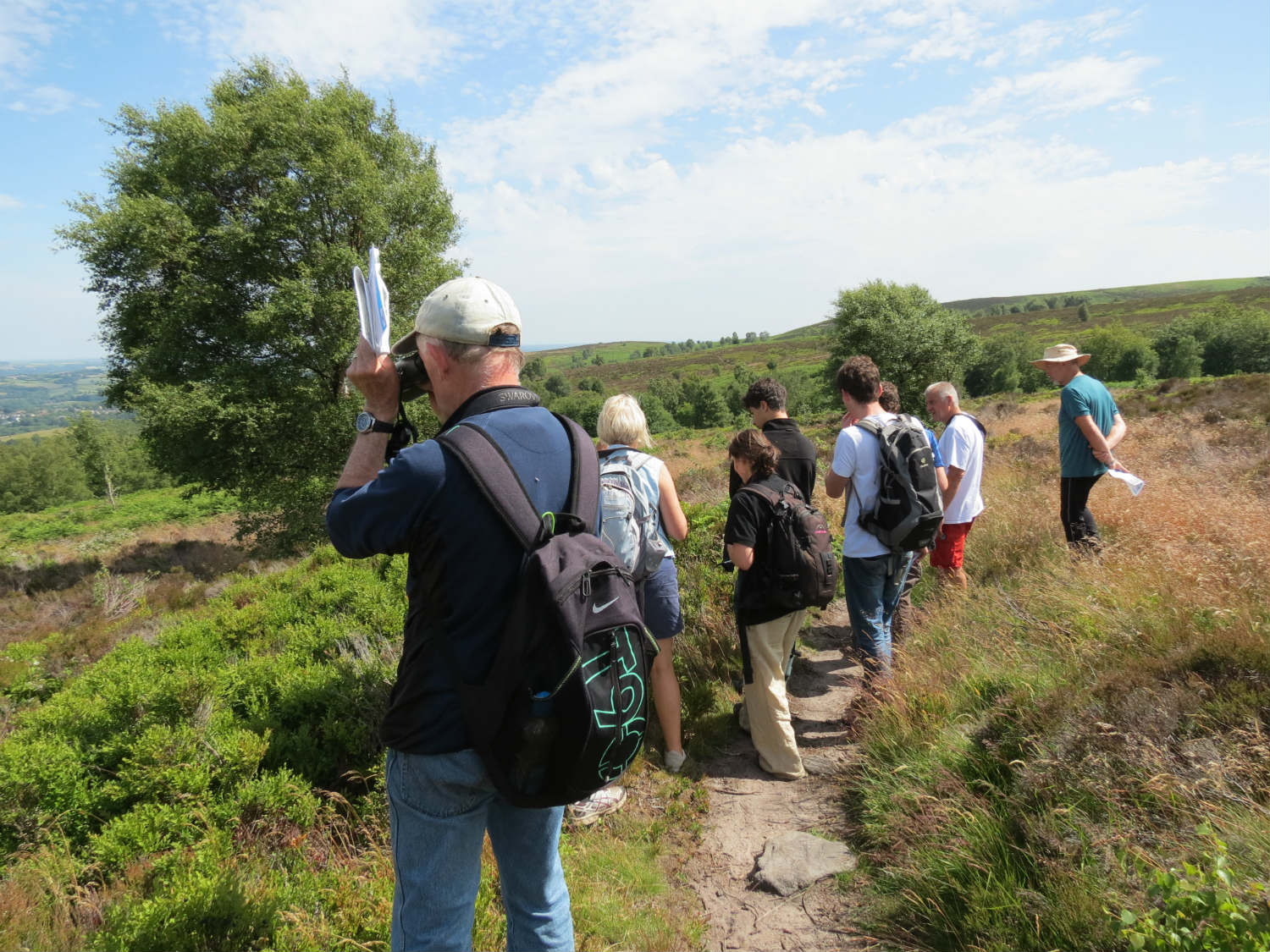
Plants take their cues on when to leaf, flower, and bear fruit from environmental conditions such as temperature. The departure from “normal” environmental conditions caused by global climate change can alter the timing of these important events. The study of the timing of these events is called 'phenology'.
The reaction of different species to a changing climate may be highly variable, with some plants and animals being more affected than others. A migratory species may be influenced by conditions in more than one country; warming temperatures in spring may cause it to return to its summer breeding areas where, due to the local impacts of climate change, the food it relies upon may not be available.
Occurrences like this are termed mismatched, when events that used to happen simultaneously are now out of synch. Examples of mismatched phenology include lack of food for animals at crucial life stages such as breeding and waking after hibernation, or an absence of pollinators during the flowering period of plants.
To help us understand the effect of changing climate on the growth and life history stages of plants in the Peak District and South Pennines, we need your help to map when and where key seasonal events occur - in four target plant species: Rowan, bilberry, heather and crowberry.
By doing this over many years, we will be able to monitor any annual changes in plant phenology, to see which plant species are especially susceptible to phenological changes, and see if habitat factors offset the effect of changing climate.
How to take part
1. Decide which transect you'd like to walk by consulting our map below and choosing a location
2. Gather the things you will need to take with you on your survey:
- Download a survey guide which will tell you how to conduct the survey and what information you need to collect
- Download a recording form to take out with you on your survey
- Download a growth stages definitions sheet
- Download a transect pack and optional GPS points from the map below
- Take a guide to identifying our target species if you feel you need to
- A camera may be useful if you'd like to check your sightings later
- Binoculars can be useful for looking at rowan trees away from the footpath
- Download health and safety guidelines
3. Carry out the surveys:
- Fill in the top of the recording form. 'When', 'where' and 'who' are important. Remember to check how many sections your transect has before you set off.
- Walk the transect at a slow and steady pace, observing the growth stages of the shrubs. (bilberry, crowberry and heather) up to 2m to each side of the path and rowan trees up to 20m to each side of the path.
- At the end of each transect section; tick the box relating to the plant growth stages observed in that section. Consult the 'growth stage definitions' sheet for more detail on what can be counted. If the species was present but a growth stage was not observed, put a cross in the box. If a species was not seen at all in the section, write 'absent' or 'A' in the relevant box.
- When you reach the end of the transect don't forget to note your finish time.
4. Submit your results
For each section of the transect, submit only the latest (newest) growth stage observed. For example if you see a transect section containing rowan trees with ripe berries but no leaves; then we would record the growth stage for the species in that section as 'plant bare' - since leaves falling off is a phenologial stage which occurs later in the year than berries ripening.
If a plant was not seen on a transect section, then this should be submitted in iRecord as 'Plant absent'. If a plant was seen, but none of the phenological stages were noted, then this should be submitted as 'Uncertain'.
You can find full details of how to submit your results at the bottom of this page.
Buds, berries and leaves transects
Click on a red marker on the map below to find out more information about each transect. You can download a transect guide, map, recording form and health and safety guidelines in a zipped 'transect pack' folder, which also includes a GPX file for optional use with a GPS device. The GPX file shows the transect route and the start point of each section within the route.
To view a GPS (GPX) file online, you can upload it to the website GPS Visualizer. You could also load it on to a GPS unit or smartphone navigation app.
Note: Some locations have 2 transects - which are labelled T1 and T2. Some packs also contain instructions for our bumblebee survey where it uses the same route. Please ignore this document if you only intend to carry out the Buds, Berries and Leaves.
Don’t forget to download the survey guide (which contains the survey method) and any additional recording sheets you need.
Plant identification resources
Before taking part in the survey it is important that you are confident in identifying our four target plant species. Below is some information to help you get stared.
Buds, Berries and Leaves Survey Guide
Everything you need to know to undertake a buds, berries and leaves survey
Bilberry Factsheet
Everything you need to know about the bilberry
Crowberry Factsheet
Everything you need to know about crowberries
Buds, Berries & Leaves: Monitoring Moorland Plants
A training presentation on how to complete our survey
Submit your results
When you have finished a 'Buds, Berries and Leaves' survey you should submit your results online or by post using the details below.
Online
Make sure you are logged in to iRecord* then, submit your records via the Moors for the Future iRecord page. Select 'Submit Buds, Berries and Leaves Transect Records' and follow the instructions on screen.
*Please note: the first time you use the site you will need create a new account by visiting http://www.brc.ac.uk/irecord/user/register. Once you have created an account make sure you are logged in, otherwise you will see an 'Access Denied' message.
If you need any help submitting your results please download the Buds, Berries and Leaves iRecord guidance document.
By Post
If you have completed a survey and would like to post your results in to us please send your completed recording sheet(s) to:
The Moorland Centre
You can also scan and e-mail your completed recording form to us at moorcitizens@peakdistrict.gov.uk
Privacy information:
The information submitted using this form will be added to the relevant Moors for the Future survey database held by the Biological Record Centre. Your contact information may be shared with verifiers who will only contact you if they have a query about the data you have submitted. The biological record, excluding your name and email address, will be publicly visible and may be shared with other conservation organisations and databases. If you have opted in to join our mailing list you will receive updates by e-mail about the partnership and our projects. Your information will be held securely by Moors for the Future Partnership and will not be shared with any third parties. You can opt-out of receiving information at any time using the link in the footer of our communications. You can find out more about how we use your information from our Privacy Notice which is available on our website at http://www.peakdistrict.gov.uk/looking-after/about-us/privacy-policy
Citizen Science Wildlife Surveys
Take a look at all of the animals and plants you can record to help us monitor the impact of climate change in moorland environments
